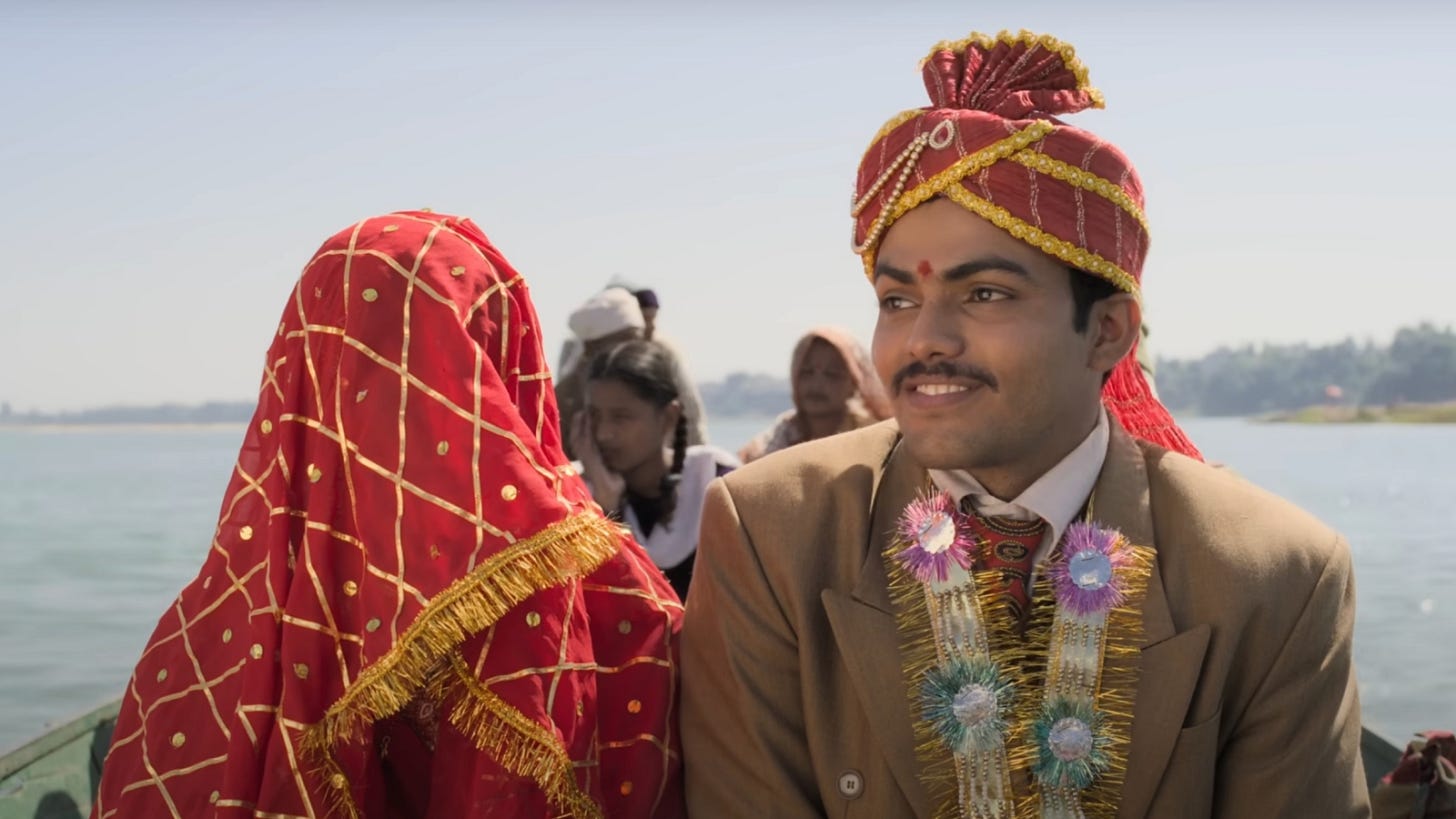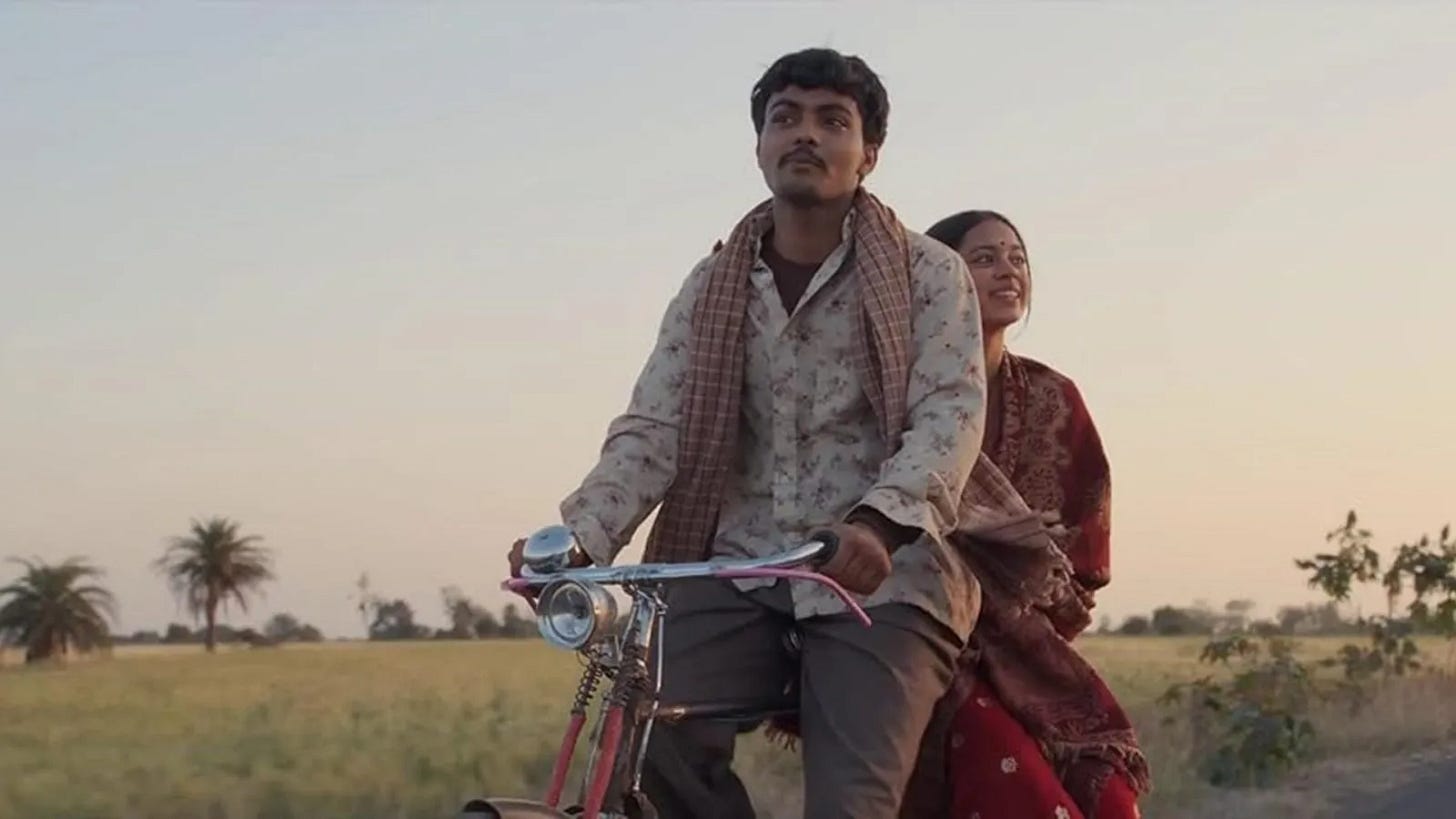Is Bollywood finally breaking up with stereotypes?
A short look at South Asian cinema in 2024 and what it might spell for the future
Hollywood has enjoyed the fruitfulness of independent cinema for decades now, whereas Bollywood has felt a little more ensnared by the trappings of big-budget extravaganzas. Of course, Bollywood is primarily famous for its genres in Hindi cinema like musicals, rom-coms and the big action blockbuster - but as of recent, some hidden gems have slipped through the net into wider exposures: launching at international film festivals, securing British and American funding as well as being mentioned in Western awards conversations.
I’m not one to assert that success in cinema is defined by Western standards of achievements like the Globes, the Oscars etc., but it’s undeniable that directors like Payal Kapadia, Kiran Rao, Shuchi Talati and Fawzia Mirza have redefined what South Asian cinema can be this year; leading to Bollywood production studios turning their eyes to the more subtle and original narratives rather than another sequel to a mid-tier franchise.
All this ruminating on the state of modern Bollywood has come from my recent rewatch of Laapataa Ladies in light of its selection for the Academy Awards as India’s feature for Best International Feature. Although officially released in 2023 at Toronto International Film Festival, Netflix brought it to our screens earlier this year. There’s been some contention about its selection over All We Imagine As Light and why it wasn’t Santosh instead, but both films are receiving great acclaim of their own with the former just nominated for a Golden Globe today and the latter winning a few BIFA awards last night - both incredibly well-deserved.
Kiran Rao’s latest has won hearts with its feel-good comedic tone, but what struck me was the way it handled the narrative of marriage. Rather than the over-glamorisation that often comes with the musical numbers in a marriage scene, Rao decided to showcase the more commonly practised marriage ceremony in rural Indian villages: quick, simple and a little uneventful. This is the case for one of the main brides in the film named Phool, who eventually ends up ‘lost’ as she gets separated from Deepak, her newly wedded groom. In her place, another ‘lost’ bride, albeit a little more deceitful, named Jaya, takes her place. What follows is the unsuspectingly addictive comedy of manners that takes us through the journey and expectations of being an Indian woman without any of the outdated stereotypes that would usually voyeuristically exaggerate her struggles.
Although All We Imagine As Light has drawn some criticism for certain cinematographic decisions seeming to sexualise the South Asian women at the heart of its story, it’s clear Payal Kapadia’s intention was to humanise and relate the female tale to that of an urban one, for a change. We see similar intentions in Fawzia Mirza’s The Queen of My Dreams and although that takes a more stylised, sitcom-esque angle, the stereotyping is at a minimum and instead, documents a pretty accurate emigrated South Asian narrative. Of course, it’s worth noting that Mirza is Canadian and this film isn’t really classed as Bollywood in the same vein as Laapataa is. But, its influence deserves to be noted and I think we’ll see a move towards more heartfelt, personal stories in Hindi cinema as 2025 approaches.
Anything is welcomed as long as we don’t get another Do Patti next year: I think we can leave that in 2024.





